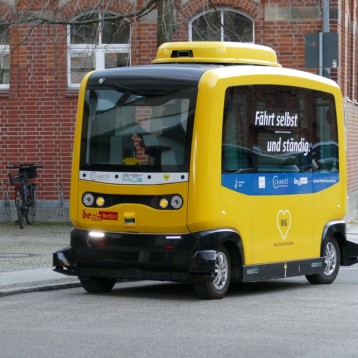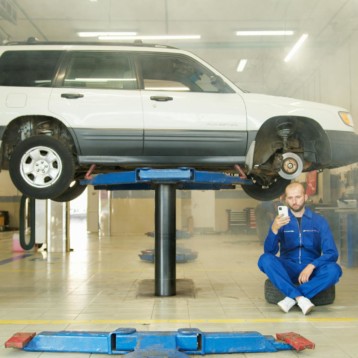Car’s headligths in the snow – illustration (Credit: Carnegie Mellon University)
Naive illumination ((a) and (c)) versus fast reactive illumination ((b) and (d)) with the prototype running at 120Hz (system latency of 13ms) (Credit: Carnegie Mellon University)
Driving through rain or snow is always a danger prone due to the road conditions, driving in those conditions during the night and using headlights tend to make things even worse. Researchers from France and the U.S. have been working for over a year to develop a completely new system of headlights that can penetrate both rain and snow and effectively light the road ahead preventing potential accidents.
Rain and snow tend to reduce driver’s visibility due to light reflected off of the droplets back towards the driver creating distracting flickering and also scatters the light in a way which disturbs the vision of driver’s looking for approaching vehicles.
–
–
Researchers from Mines ParisTech in France, Texas Instruments and the Carnegie Mellon Robotics Institute have been working on an innovative solution to this problem. Using a fast camera and special algorithms they proved they can track and calculate the motion of the water droplets during the movement of the car. The idea is to illuminate only the space around the particles.
–
–
Creating a system that can reliably track rain while moving at high speeds and shining a light exactly at the space around the particles is no easy task. The prototype the team developed uses a camera which captures an image every 8 milliseconds and sends an instruction to a headlight to turn on and off a bulb in as little as 13 milliseconds. This timeframe was good enough to reduce the visibility of rain four meters away from the car by about 60% (snowflakes visibility was reduced by about 60%).
–
–
In order to improve the system even more – a new prototype will be required, one which might use an array of computer controlled LEDs. It even possible that the camera sensor will be integrated on the chip so that another few important milliseconds will be reduced. The goal of the developers is to test a system in a car moving at about 60 mph (the current prototype was tested on a car moving only 18 mph). This will require a system that will operate about 4 times faster than the existing prototype which according to the developers could take another 2-3 years.
–
–
More information can be found on the original article found on the Carnegie Mellon University website (PDF).












